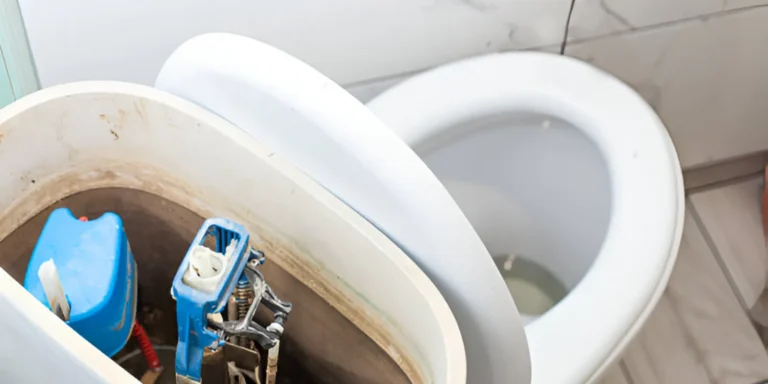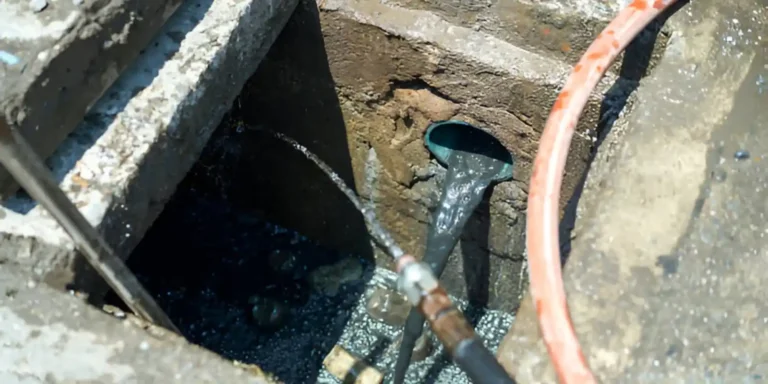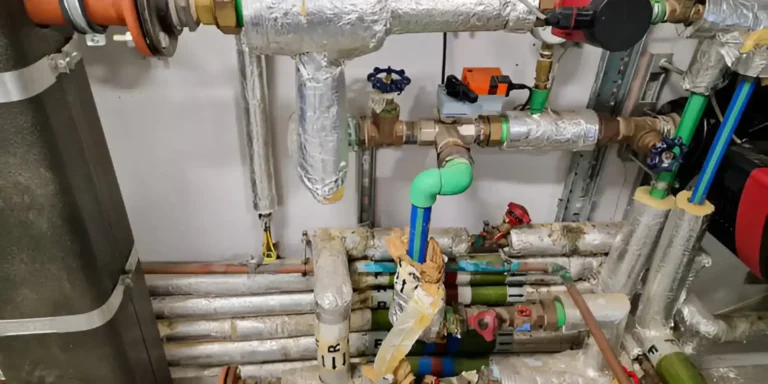A sump pump plays a vital role in protecting homes from basement flooding and moisture damage, especially in regions with frequent rain or high groundwater levels. Typically installed in a sump basin located in the lowest part of a crawl space or basement, the pump automatically turns on when water collects in the pit. It then redirects the excess water safely away from your home’s foundation through a discharge line.
By moving water away efficiently, sump pumps help prevent issues like mold growth, wood rot, and structural weakening. They are available in various models, including pedestal and submersible units, and most run on electricity—some even include battery backup systems for extra peace of mind during power outages. In this guide, we’ll break down how sump pumps operate, their different types, and why they are an essential investment in safeguarding your home from water intrusion.
Types of Sump Pumps and How to Choose the Right One for Your Home
Sump pumps come in two primary styles: submersible and pedestal. A submersible pump is installed directly inside the sump basin and functions while submerged, offering quieter operation and better efficiency—ideal for finished basements where noise and aesthetics matter. In contrast, a pedestal pump features a motor mounted above the pit, with only the intake pipe reaching into the water. While they tend to be louder, pedestal models are easier to service and often have a longer lifespan due to limited exposure to moisture.
For added protection, many homeowners install battery backup or water-powered systems to keep their basements dry during electrical outages. When selecting a sump pump, key features to evaluate include horsepower, gallons per hour (GPH) capacity, and the float switch mechanism, which activates the pump as water levels rise. Matching the right type and specifications to your property ensures reliable performance and peace of mind when heavy rain or flooding threatens your home.
How a Sump Pump Works to Prevent Basement Flooding
A sump pump protects your home by removing excess groundwater that collects near the foundation. This water flows into a sump basin, usually located in the lowest part of a basement or crawl space. When the water level rises to a certain point, a float sensor triggers the pump to activate. It then directs the collected water away from your property through a discharge line—typically to a storm drain, dry well, or designated drainage area.
Submersible models are waterproof and operate quietly while submerged, while pedestal units remain above the basin for easier access and maintenance. Many modern systems are equipped with check valves to prevent backflow and can be paired with alert systems to notify homeowners of abnormal water levels. This proactive setup helps minimize flooding risks, structural damage, and mold buildup. To keep your sump pump working efficiently, routine tasks like float inspection and system testing should be part of your seasonal home maintenance.
Why Every Homeowner Should Consider a Sump Pump
Even if your basement has never flooded, adding a sump pump is a smart precaution, especially in areas with heavy rain, high water tables, or finished lower levels. Unexpected water intrusion can lead to costly repairs, structural issues, and mold development. A sump pump actively prevents these problems by redirecting excess moisture before it seeps into your home.
This system is particularly useful for properties with outdated foundations, poor grading, or inefficient drainage solutions. Insurance providers often view sump pumps as a risk-reducing upgrade, which can translate into lower premiums. Additionally, having a pump in place may enhance your property’s resale value by showing buyers the home is well-protected. For peace of mind and long-term property preservation, installing a sump pump is both a practical and valuable investment.
Maintenance Tips to Keep Your Sump Pump Running Smoothly
To ensure your sump pump continues working efficiently, it’s wise to perform routine checks twice a year. Start by testing the float switch to verify it activates properly. Clear out any accumulated dirt or sediment from the basin to prevent blockages. Inspect the discharge pipe for obstructions or ice buildup that could restrict water flow. Installing a backup power option, such as a battery or generator, can help keep the system running during electrical outages. With just a few preventative steps, you can avoid costly repairs and keep your home dry and secure.
Signs Your Sump Pump May Need Repair or Replacement
Unusual sounds, nonstop operation, or failure to start during storms could indicate your sump pump is due for repair or an upgrade. Units that are more than a decade old should be inspected yearly to ensure optimal performance. Prompt attention to warning signs helps avoid basement flooding and ensures your system responds when needed most.




